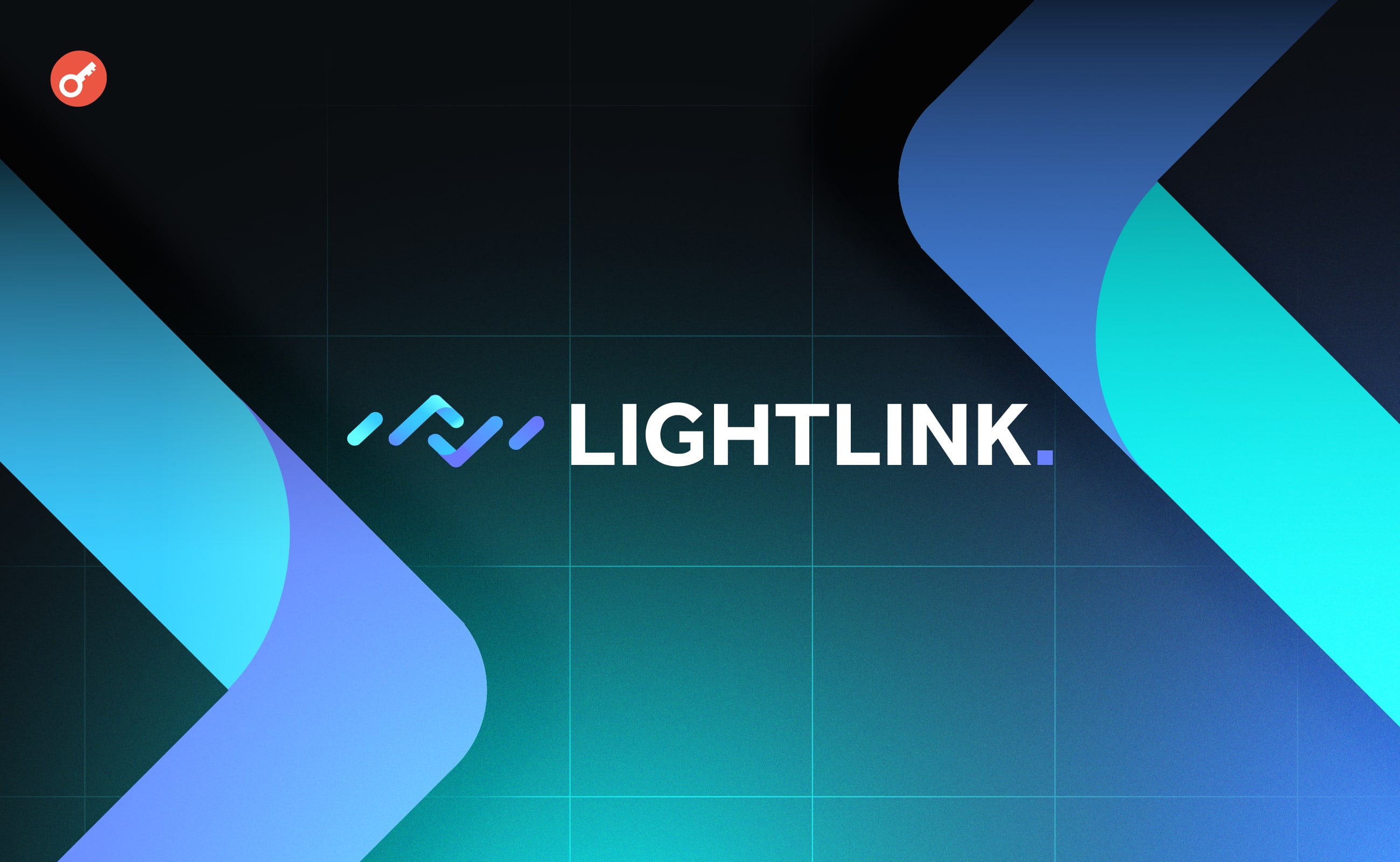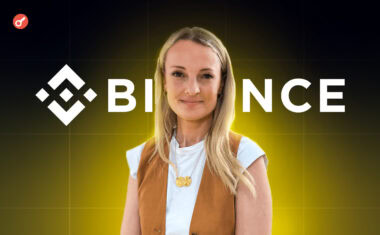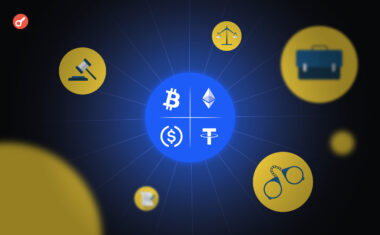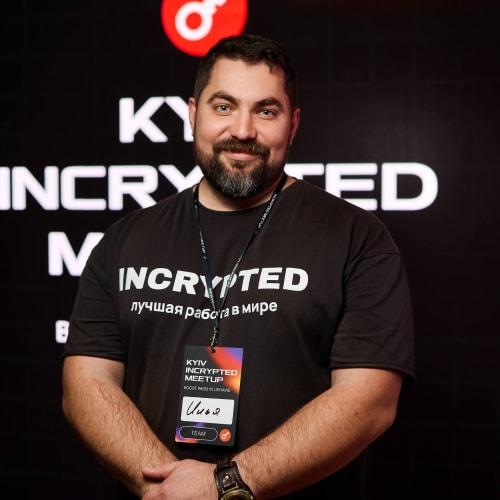Gasless transactions and the new technology for L2: an interview with the LightLink team

The number of Layer 2 (L2) networks for Ethereum continues to grow, and according to L2Beat data, it has already surpassed 40 projects at the time of writing. However, most of them operate on unified technical stacks and face the same problems, like scalability and complex UX.
The recently launched LightLink project may overcome these obstacles with its new technical solutions and an extensive partnership network. Incrypted spoke with the project developers to find out how LightLink differs from competitors and what advantages their product can offer to users.
1. Briefly tell our readers – what is LightLink?
LightLink is an Ethereum Layer 2 blockchain that lets dApps and enterprises offer users instant, gasless transactions.
We are the first L2 to leverage an Optimium design with proprietary technology. Our architecture enables gas fees below $0.01 and truly gasless transactions through Enterprise Mode, regardless of network activity.
Optimium differs from typical Optimistic Rollups (Rollups) in terms of data storage. While Rollups compress transactions and store them on entirely L1, LightLink stores only block headers on L1 to reduce operational costs and enable gas fees below $0.01. LightLink uses Celestia for data availability on Testnet with plans to integrate it on Mainnet soon.
LightLink’s novel Enterprise Mode enables businesses to operate gas-free, allowing users on their platforms to engage in a secure, user-friendly blockchain network without transaction fees, barriers to entry, or the need for any tokens.
2. Tell us about gasless transactions in LightLink. In which use cases are they used?
Enterprise Mode with gasless transactions enhances most blockchain use cases. For example:
- free NFTs become truly free. You can create a new wallet and mint one without the need to top up the wallet with ETH;
- Web3 games become games first. Players don’t have to pay to interact with smart contracts, which allows everyone to try new games without doubting if they are worth paying gas fees;
- еrading on DEXes becomes more efficient. With Enterprise Mode, limit orders can be free to post and modify, and liquidity management becomes effective too. It is a CEX-like user experience but with full custody over your funds.
The best of all is that we can solve real-world problems without creating complications for users, like payment systems with free stablecoin transactions, public transportation ticketing with NFTs, AR business advertisements with digital rewards for visitors, and many more.
3. There are over 40 L2 networks on the market for Ethereum. Why do new projects keep popping up and why did you decide to build your own L2?
It is easy to fork Optimism and launch new L2s in hopes of attracting capital, which may be the reason why there are so many L2s.
Pellar Technology is the team behind LightLink. We have built over 50 Web3 projects, including L1 networks for enterprise customers. Through these experiences, we have gained insights into the needs of enterprises. We believe that the success of LightLink will come from the millions of users from enterprises who know us and want to scale or use Web3. This is why we developed Enterprise Mode, designed to lower the entry barriers to the digital economy.
We live in a multi-chain world, and to gain real-world adoption, we need high scalability, which only Layer 2s can provide. Among all the Layer 2s, we are the only chain with truly gasless transactions, an enterprise focus, and a large network in the APAC region at the same time.
4. What are the challenges in the field of L2 solutions for Ethereum and what makes LightLink different from its competitors?
Currently, L2s face two major challenges: high gas fees and scalability.
The EIP-1559 upgrade reduced L2 fees, but if the activity keeps rising, the fees will rise too. This isn’t something that L2s can solve swiftly if they continue posting all transactions on L1.
The problem with scalability is partly due to outdated design. When there is too much activity on L2, its gas fees rise because everyone wants to get their transactions executed first and competes with fees to get into the next block.
LightLink is different because its Optimium architecture allows us to create blocks every 0.5 seconds, reaching 1,400 TPS with the current conservative block gas limit. We can reach 10,000 TPS just by increasing the gas limit and will aim to do this in the future.
Our internal gas fees won’t rise until there are fewer than 5,000,000 transactions daily, and external gas fees for posting data on L1 are stable, as the amount of data we post on L1 is fixed too. So, the high transaction costs and scalability problems are solved with LightLink’s clever architecture design.
By the way, our scalability module Hummingbird with Celestia underneath isn’t live on Mainnet yet, and gas spikes still happen when users mass-mint NFTs or dive into new projects to earn Airdrop points. But during the biggest gas spike, the gas fees rose only to 0.000002 ETH or $0.008 per transaction. The rest of the time, our blockchain explorer showed an average and median transaction fee of 0 ETH. This is what makes LightLink different from a user’s perspective.
5. There is an opinion that due to the large number of L2s in the Ethereum ecosystem, there is a problem of liquidity fragmentation. How do you assess this claim?
I agree that liquidity is fragmented among chains. L2s share less than 10% of the total DeFi TVL, so their users can’t really benefit from low fees and fast execution. From a technical point of view, cross-chain solutions and transaction routers can aggregate the liquidity of the whole Ethereum ecosystem, but users will have to pay for their services plus Ethereum’s fees.
We at LightLink believe that L2s don’t have to compete for Ethereum’s users and value as their primary goal. We want to create value with enterprises launching their services on LightLink and onboarding their Web2 customers to Web3. By doing so, we won’t be drawing liquidity from other chains but creating it ourselves. With great projects utilizing our gasless transactions to improve UX, we will attract the liquidity to fulfill users’ needs.
6. How is LightLink using Celestia and Pyth? Why did you choose these specific solutions?
Celestia is our Data Availability layer, one of the best in the blockchain ecosystem. It was designed to store a lot of data in blobs while providing DA on L1 via a special oracle. Eventually, we got to know Celestia so well that their devs started pointing others to our code to show the best practices of blobstreams integration.
Celestia perfectly suits our needs by providing a lot of cheap storage space with infrastructure to ensure that our transactions are available. LightLink’s Hummingbird module is tailored to use Celestia, and when it goes live on Mainnet, it will cut down the gas fees even lower.
Pyth Network is one of our partners, who provides LightLink with over 400 price feeds for various assets and reliable RNG that we use for games and NFTs. It secures $5 billion in value and works with 175 protocols. By objective metrics, it is one of the best oracle providers, and we are happy to integrate its services.
7. According to Cryptorank, LightLink has raised over $10 million in total, how did you pitch the project?
We’ve raised $6.2M from both Web2 and Web3 VCs, as well as prominent individual crypto investors.
Our mission is to seamlessly integrate millions into the digital economy through user-focused dApps and enterprise partnerships, making blockchain as intuitive and accessible as Web2, without the complexity of gas fees and protocols. And this mission resonates with our backers, plus they believe we can achieve it thanks to our proprietary tech, enterprise partnerships, and instant, gasless transactions.
Michaël van de Poppe joined our recent Twitter Space and gave interesting insight: every crypto cycle creates a solution for the problem that occurred in the last cycle. The last cycle gave us L2s and their scalability problems, and now LightLink is ready to solve them.
8. What is the role of the LightLink token in the project’s ecosystem?
First, the LL token will be needed to participate in the Validator Program and become a validator. Second, it will become a medium of exchange in most projects built on LightLink. Third, we will add an option to use LL in Enterprise Mode to subsidize transactions.
9. The LL token will be distributed in LBP format on Fjord Foundry. Why did you choose this particular format and platform?
Fjord Foundry’s Liquidity Bootstrapping Pool is a novel approach to token distribution that lowers the impact of whales and bots to allow regular users to purchase tokens at a fair price.
LBP utilizes a price decay mechanism that gradually lowers the price over time when buying volumes are low. If a whale tries to buy many tokens, the price rises, so the whale overpays. In a few hours, it will continue to decay, allowing regular users to purchase tokens lower.
At some point in time, the majority of users will decide the price looks good and start buying in volumes enough to keep it steady. That’s how the fair price is discovered. The LL LBP will last for three days and allow everyone interested to purchase LL tokens without hurry or concerns that the liquidity will end too soon. It is not about driving the price on hype, but more about fair token distribution. That’s why we chose LBP.



